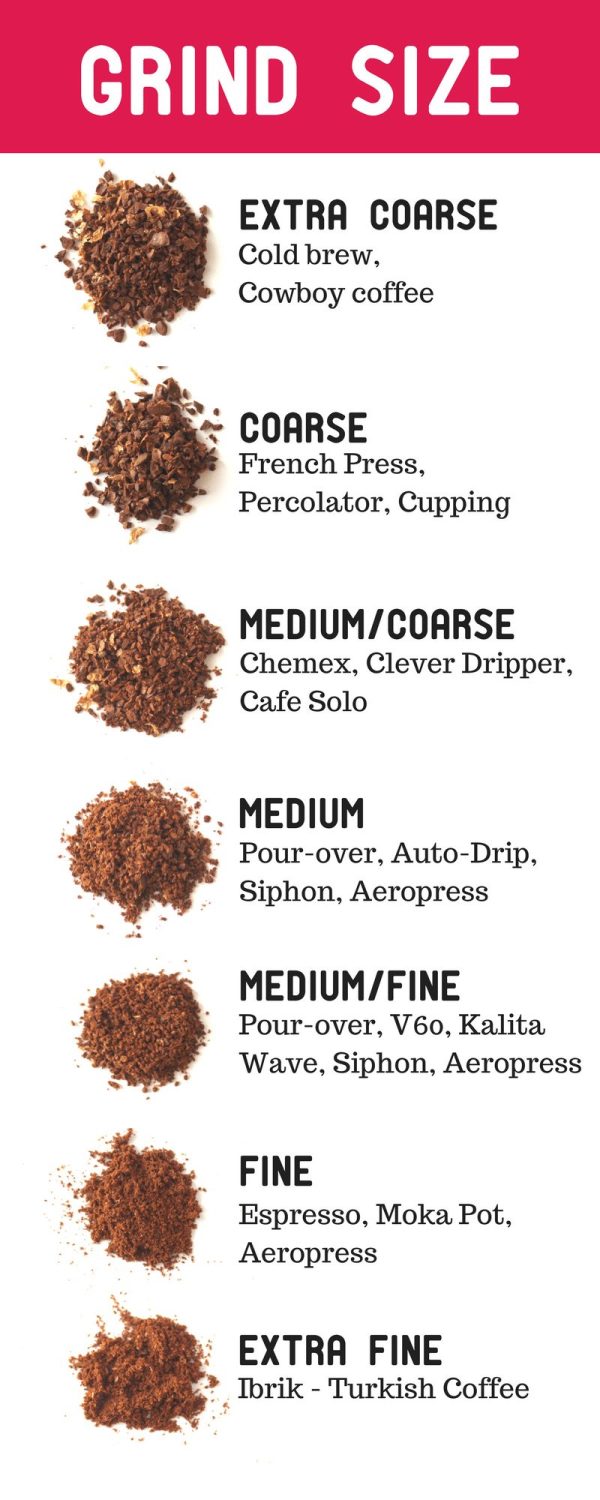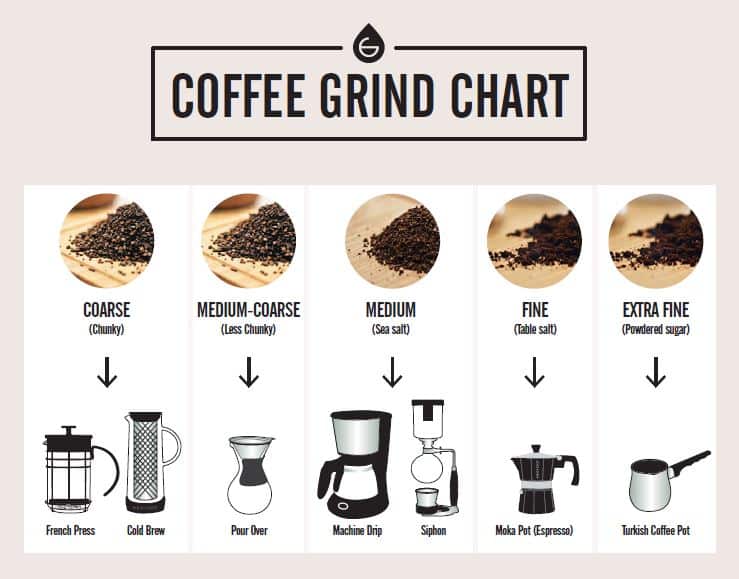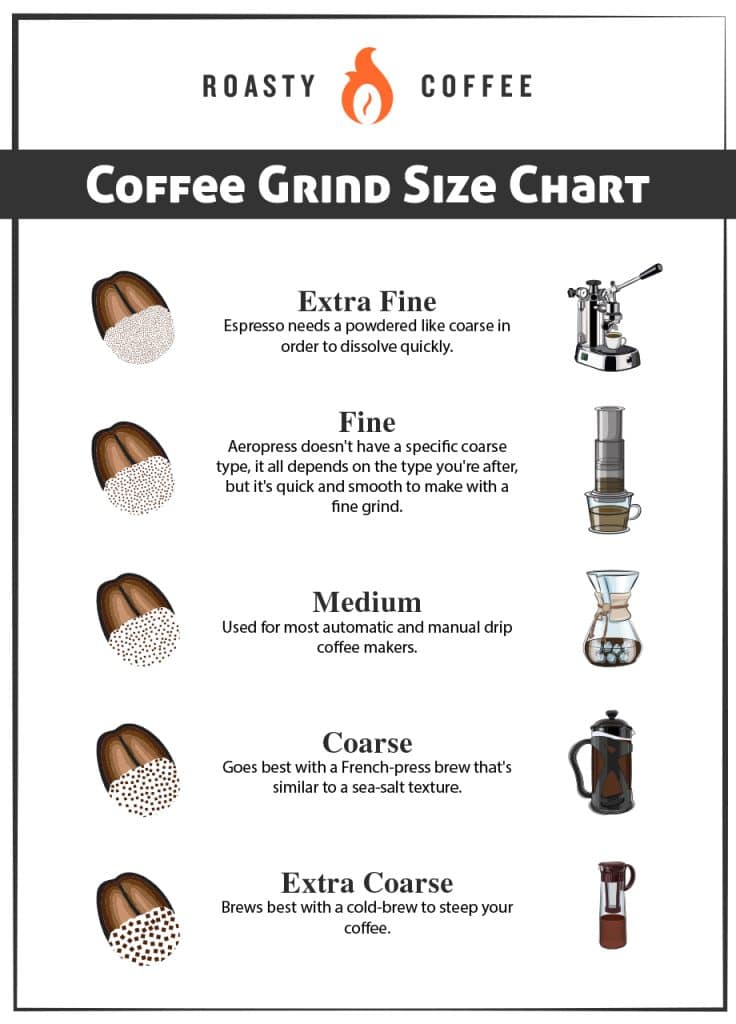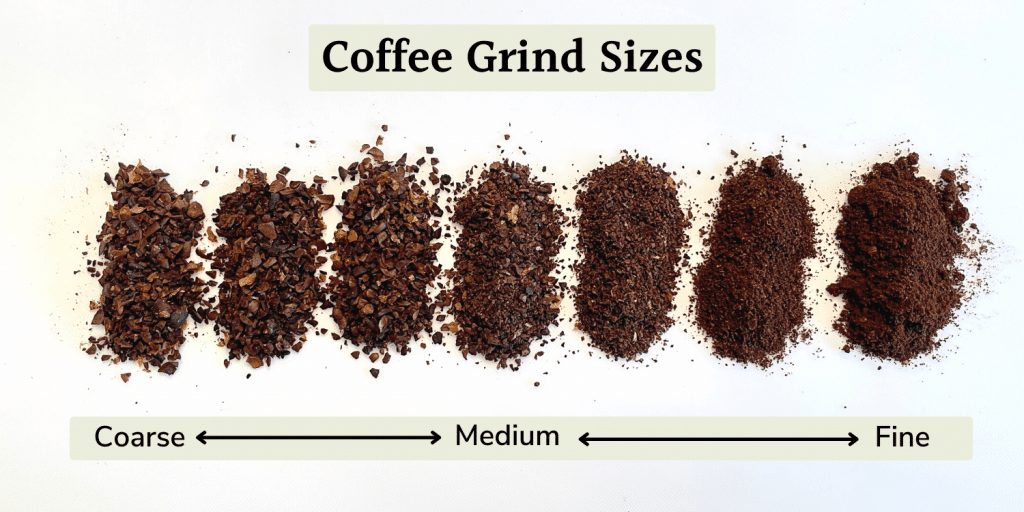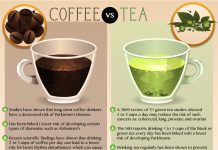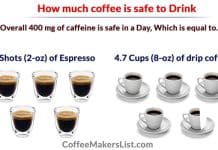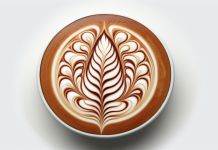In coffee brewing, achieving the perfect grind size is essential for extracting the optimum flavor from your beans.
But with so many brewing methods available, each with its unique requirements, figuring out the ideal grind size can be daunting.
Whether you prefer the smoothness of a French press or the precision of an espresso machine, this article will guide you through the world of grind sizes, helping you unlock the full potential of your coffee brewing experience.
So, please sit back, grab your favorite mug, and explore the art of grinding coffee using different brewing methods!
Espresso
Fine grind size
A fine grind size is essential when making espresso. Espresso machines force hot water through the coffee grounds under high pressure, quickly extracting rich flavors and aromas.
The fine grind allows for a larger surface area, ensuring the water extracts as much flavor as possible.
Why it works
A fine grind size works well for espresso because it allows quick extraction. The high pressure of the espresso machine forces the water to pass through the acceptable grounds rapidly, resulting in a concentrated and flavorful shot of espresso. Additionally, the fine grind size helps to create the desired crema, a layer of foam that adds richness and texture to the espresso.
Common mistakes
One common mistake when brewing espresso is using a grind size that is too coarse. This can result in under-extraction, where the water doesn’t have enough time to extract all the flavors from the coffee grounds. On the other hand, using a grind size that is too fine can lead to over-extraction, creating a bitter and unpleasant taste. Finding the right balance with the grind size is critical to a perfect espresso shot.
Drip coffee
Medium grind size
Medium grind size is ideal for drip coffee brewing methods, such as a standard automatic coffee maker. This grind size allows the water to flow through the coffee grounds evenly and consistently, resulting in a well-balanced cup of coffee.
Why it works
A medium grind size works well for drip coffee, allowing for a controlled extraction process. The water slowly drips through the medium grounds, extracting the flavors and oils as it passes. This ensures a smooth and flavorful cup of coffee without over or under-extraction.
Common mistakes
One common mistake when brewing drip coffee is using a grind size that is too fine. This can lead to over-extraction, causing the coffee to taste bitter and overbearing.
On the other hand, using a grind size that is too coarse can result in under-extraction, creating a weak and flavorless cup of coffee. Finding the right balance with the grind size is essential for a delicious drip coffee.
French press
Coarse grind size
A coarse grind size is recommended for a French press. The French press relies on immersion brewing, where the coffee grounds steep in hot water for an extended period. The coarse grind allows for a slower extraction process, resulting in a full-bodied and flavorful cup of coffee.
Why it works
A coarse grind size works well for the French press because it allows for a longer steeping time. The hot water is in contact with the coarse grounds for an extended period, allowing for a more complete extraction of flavors. This results in a rich and robust coffee cup highlighting the beans’ natural flavors.
Common mistakes
One common mistake when brewing with a French press is using a grind size that is too fine. This can lead to over-extraction, causing the coffee to taste bitter and have sediment in the cup.
Additionally, using too much force when pressing the plunger can result in a gritty cup of coffee. Using the correct grind size and applying gentle pressure is essential for a successful French press brew.
Aeropress
Medium-fine grind size
The Aeropress, a popular manual brewing method, works best with a medium-fine grind size. This method combines immersion and pressure brewing elements, resulting in a clean and flavorful cup of coffee.
Why it works
The Aeropress’s medium-fine grind size allows for a balanced extraction process. The coffee grounds are fully immersed in hot water, and the pressure from pressing the plunger forces the water through a filter.
This method extracts the rich flavors and oils without any sediment, resulting in a smooth and well-rounded cup of coffee.
Common mistakes
One common mistake when using an Aeropress is using a grind size that is too coarse. This can lead to under-extraction, where the coffee lacks flavor and depth.
Additionally, applying too much pressure when pressing the plunger can taste bitter. Finding the right balance between grind size and pressure is essential for the best Aeropress brewing experience.
Pour-over
Medium-fine grind size
Pour-over brewing methods, such as the V60 or Chemex, require a medium-fine grind size. This allows for optimal water flow and extraction, resulting in a clean and well-balanced cup of coffee.
Why it works
The medium-fine grind size works well for pour-over methods, allowing for a controlled and even extraction.
The hot water is poured over the coffee grounds in a circular motion, and the medium-fine grind allows a steady water flow through the grounds. This ensures the flavors are extracted evenly, producing a flavorful and aromatic cup of coffee.
Common mistakes
One common mistake when brewing pour-over coffee is using a grind size that is too coarse. This can lead to under-extraction, where the flavors are not fully extracted, resulting in a weak and lackluster cup of coffee.
On the other hand, using a grind size that is too fine can cause over-extraction, leading to a bitter and astringent taste. Finding the right grind size for a balanced pour-over brew is essential.
Cold brew
Coarse grind size
Cold brew requires a coarse grind size to achieve the best results. This brewing method involves steeping coffee grounds in cold water for an extended period, resulting in a smooth and low-acidity cup of coffee.
Why it works
A coarse grind size is essential for cold brew because the extended steeping time requires a slower extraction process. The cold water slowly extracts the flavors and oils from the coffee grounds, resulting in a mellow and less acidic cup of coffee. The coarse grind allows for proper extraction without any bitterness.
Common mistakes
One common mistake when making cold brew is using a grind size that is too fine. This can lead to over-extraction, which can cause the cold brew to taste bitter and astringent.
Additionally, not steeping the coffee for a sufficient amount of time can result in a weak and under-extracted brew.
It is essential to use a coarse grind size and allow enough steeping time for a flavorful and refreshing cold brew.
Moka pot
Fine grind size
The Moka pot, a stovetop coffee maker, requires a fine grind size for optimal brewing. This method produces a solid and concentrated coffee that is similar to espresso.
Why it works
A fine grind size is necessary for the Moka pot because it allows quick extraction. The water in the lower chamber of the Moka pot heats up, creating pressure that forces the water through the coffee grounds and into the upper chamber. The fine grind ensures the water extracts as much flavor as possible quickly, resulting in a rich and bold cup of coffee.
Common mistakes
One common mistake when using a Moka pot is using a grind size that is too coarse. This can lead to under-extraction, where the coffee lacks depth and intensity. Another common mistake is using too high heat, resulting in a burnt and bitter taste. Using a fine grind size and controlling the heat is essential for a successful Moka pot brew.
Turkish coffee
Extra fine grind size
Turkish coffee, known for its strong and unique flavor, requires an extra fine grind size. This traditional brewing method involves brewing coffee grounds directly in hot water, producing a rich and aromatic cup of coffee.
Why it works
The extra fine grind size is crucial in Turkish coffee because it allows for a prolonged extraction.
The finely ground coffee is boiled in a cezve (a unique pot) with sugar and water, creating a foam known as “kaimaki.” The fine grind size ensures that the coffee grounds fully dissolve and infuse the water, resulting in a solid and flavorful cup of Turkish coffee.
Common mistakes
One common mistake when making Turkish coffee is using a grind size that is too coarse. This can prevent the coffee grounds from dissolving correctly, resulting in a weak and unsatisfying cup of coffee.
Additionally, not correctly controlling the heat can lead to a burnt and bitter taste. Using an extra fine grind size and maintaining the right temperature for a successful Turkish coffee brew is essential.
Chemex
Medium-coarse grind size
The Chemex brewing method requires a medium-coarse grind size to achieve the best results. This pour-over method produces a clean and well-balanced cup of coffee with a smooth finish.
Why it works
The medium-coarse grind size works well for the Chemex because it allows for a slower extraction process.
The hot water is poured over the coffee grounds, and the medium-coarse grind ensures a steady water flow through the grounds. This results in a flavorful and aromatic cup of coffee that is not overly bitter or acidic.
Common mistakes
One common mistake when brewing with a Chemex is using a grind size that is too fine. This can lead to over-extraction, where the coffee becomes bitter and overpowering.
On the other hand, using a grind size that is too coarse can result in under-extraction, creating a weak and flavorless cup of coffee. A medium-coarse grind size is essential for a balanced and delicious Chemex brew.
Espro press
Medium-coarse grind size
The Espro press, a double-walled stainless steel French press, works best with a medium-coarse grind size. This unique brewing method produces a clean and flavorful cup of coffee with a smooth texture.
Why it works
The medium-coarse grind size is ideal for the Espro press because it allows for a balanced extraction process.
The coffee grounds are steeped in hot water, and the patented double filter system separates the grounds from the brew. The medium-coarse grind ensures that the water flows evenly through the grounds, extracting the desired flavors and oils.
Common mistakes
One common mistake when using an Espro press is using a grind size that is too fine. This can lead to over-extraction and a bitter taste.
Not preheating the Espro press or using too hot water can also result in a less-than-optimal brew. Use a medium-coarse grind size for the best results and follow the brewing instructions.
In conclusion, the grind size plays a crucial role in the brewing process and can significantly affect the flavor and quality of your coffee.
Whether you prefer espresso, drip coffee, French press, Aeropress, pour-over, cold brew, Moka pot, Turkish coffee, Chemex, or Espro press, choosing the right grind size is essential.
By understanding the optimal grind sizes for each brewing method and avoiding common mistakes, you can enjoy a delicious and satisfying cup of coffee tailored to your preferred brewing style. Happy brewing!


